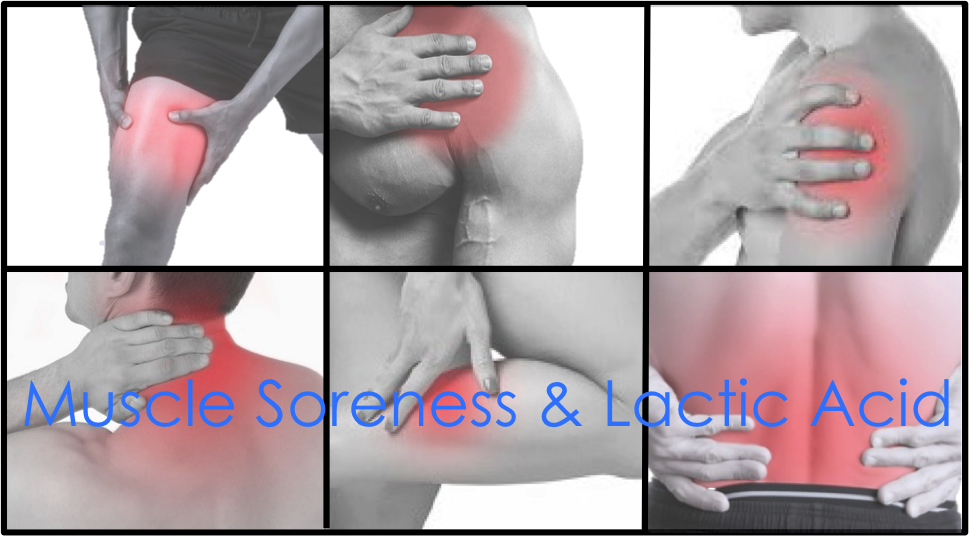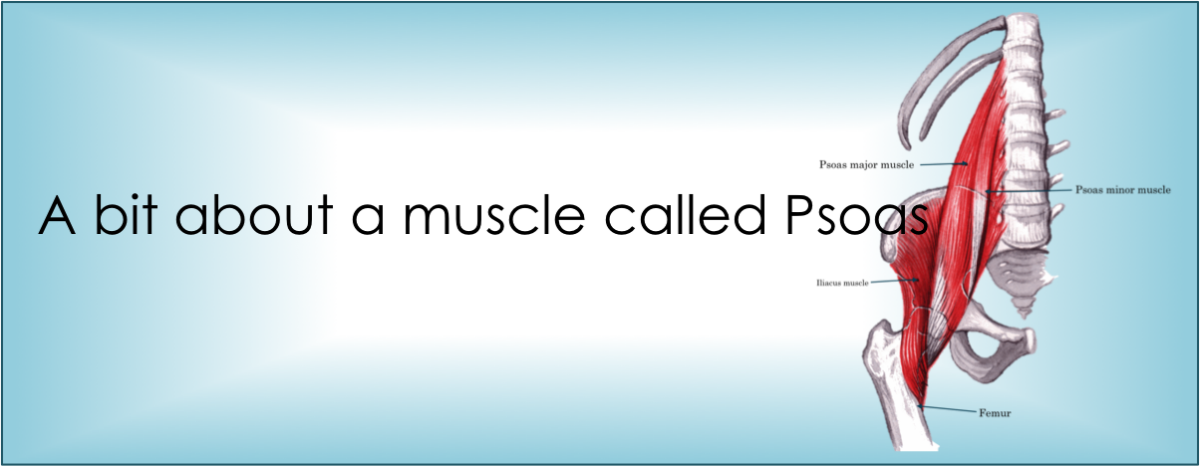Today’s post is about electrolytes. What exactly are they and why are they important?
We have all been there, you’re either sick or fatigued due to exertion, and someone says ‘have you had one of those electrolyte drinks?’. As with most people. I have often wondered about what is actually in an electrolyte drink.
So, what is an electrolyte?
Wikipedia states – an electrolyte is a medium containing ions, that is electrically conducting through the movement of those ions, but not conducting electrons. This includes most soluble salts, acids, and bases dissolved in a polar solvent, such as water.
In clinical medicine, the term of electrolytes usually refers to the ions, and to their concentrations in blood, serum, urine, or other fluids.
This is still a bit confusing, so I looked for a simpler definition.
Medical News states – Electrolytes are chemicals that conduct electricity when dissolved in water.
In nutrition, the term refers to essential minerals in your blood, sweat, and urine.
Sodium, potassium, chloride, calcium, magnesium, and phosphate in a liquid form are examples of electrolytes.
How does the body use electrolytes?
Everyone needs electrolytes to survive. Many automatic processes in the body rely on a small electric current to function, and electrolytes provide this charge.
They interact with each other and the cells in the tissues, nerves, and muscles. They regulate nerve and muscle function, hydrate the body, balance blood acidity and pressure, and help rebuild damaged tissue. A balance of different electrolytes is crucial for the body to function.
The measurement of electrolytes can actually help clinicians in the diagnosis of a medical condition. These measurements can also determine the effectiveness of treatment and the potential side effect of medications.
It is possible for the levels of electrolytes in the blood too become too high or too low, leading to an imbalance. These levels can change in relation to water levels in the body, as well as other factors.
Important electrolytes, including sodium and potassium, are lost in sweat during exercise. A rapid loss of fluids, such as after a bout of vomiting or diarrhoea, can also affect the concentration. In these types of situations, the balance of electrolytes in the body needs to be restored.
How do we get our electrolytes?
Sustaining a healthy electrolyte level is usually attributed to eating a balanced diet. With that in mind, there are several foods that contain many of the essentials.
Below are some foods that provide electrolytes-
Pickled foods, cheese and table salt: contain Sodium.
Table salt: contains Chloride
Fruits and vegetables like bananas, avocado and sweet potato all contain Potassium.
Seeds and nuts have magnesium and
Dairy products, fortified dairy alternatives and green leafy vegetables give us Calcium.
Some people use drinks or supplements to ensure they get enough.
However, a balanced diet that includes many of the above-mentioned foods, should be enough for most.
Your body can typically regulate electrolytes efficiently and keep them at the right levels. An imbalance may occur if you’re dehydrated due to illness, excess heat or excessive exercise.
If you suspect you suffer from an electrolyte imbalance, speak with your chosen health professional.
Oh, and to answer ‘what is usually in an electrolyte drink?’
It depends on the brand; however, the most common ingredients are water, the electrolytes (usually sodium and potassium) and sugar.
We hope you have found this information interesting.
Till the next post,
Live Clean n Prosper
Sources – Wikipedia – Healthline – National Library of Medicine – Medical News Today –



